So, how many gifts did you order online this past holiday season?
One gift, two gifts, or everything in sight?
Chances are you did at least some of your holiday shopping online. And judging by these numbers, you weren’t alone:
- For the 2018 online holiday season sales were set to top $124 billion – and that’s in the US alone.
- That represents a 14.8% increase from last year’s holiday season.
- A survey by Deloitte found that 60% of shoppers Deloitte found that 60% of shoppers planned on doing their holiday shopping online.
Whether you have a small Etsy storefront, or you’re running a giant eCommerce operation – you’re going to need an efficient shipping strategy in place.
At its most basic level, your shipping strategy should aim to get your goods to their destination in one piece and in a timely manner.
But your shipping strategy encompasses so much more.
Nowadays consumers expect an experience. They want to be wowed when they receive that box. A strong shipping strategy will have customers remembering your brand and coming back for more.
Here are the most important items to keep in mind when you come up with your shipping strategy.
The Branded Experience is All-Important
You want to know how to lose a customer quickly?
Give them a lousy shipping experience.
One study found that 38% of consumers said they would not return to a retailer again if they had a negative delivery experience. That’s one way to bleed money.
Superior customer service is essential for all facets of your shipping process. As a retailer you need to think of the whole branded experience – not just the physical package that’s delivered on someone’s doorstep.
This starts with acknowledging the order.
Customers appreciate communication, so it’s important to check in throughout the shipping process. Tell your customers where their order is. And if it’s going to be delivered later than promised – let them know as soon as you can.
It’s also helpful to provide your customers with a tracking number, so they know exactly when to expect their item. Once the item has been delivered, shoot them an email or text alerting them. Most people don’t want their expensive purchase sitting out on their doorstep for hours unbeknownst to them.
A 2017 Schorr package report found that nearly one-third of those surveyed had had a package stolen. No wonder this same study found that 53% of respondents changed their plans so they were home to receive a package – even if they didn’t have to sign for it.
Alright, so now your customer knows when their package is arriving.
Here’s where you can have some fun reinforcing your brand. You want to provide an awesome unboxing experience.
Don’t just fling your products into a plain brown box with some packing peanuts and call it a day.
Take this opportunity to build excitement and – if you’re lucky you’ll get some social shares.
Let’s take a look at a couple of companies that have mastered the unboxing experience:
NET-A-PORTER
NET-A-PORTER is a British online luxury fashion retailer. Your NET-A-PORTER order arrives in a standard corrugated brown cardboard box, but open it up and – wow! You are immersed in a high-end experience.
When you open the box you see a thank you card, a packing invoice, and a free return slip.
But the real wow factor is the simple, classic black matte box with a black and white ribbon. The packaging just exudes understated class. NET-PORTER has mastered that all-important gift-like experience.
Don’t think people are impressed?
Just type in “NET-A-PORTER unboxing” on YouTube and see how many videos pop up.
Loot Crate
Where NET-A-PORTER uses a plain shipping box with a fancy box inside, Loot Crate uses its distinctive custom box as its shipping box.
When you pull up to your house and see a black Loot Crate box, with its logo, emblazoned on the side, on your front porch – there’s no mistaking where it’s from.
This custom box has the added bonus of giving Loot Crate some free advertising.
The box on the front porch may pique passer-by’s interest enough to look up the company website when they get home.
Choose The Right Packaging Supplies
You need to have your packaging supplies at the ready.
You don’t want to have to scramble around looking for the right box when those lucrative orders start rolling in.
Here are some packaging supplies you should have on hand:
- Shipping boxes of various sizes: Think about what box sizes will fit your products. Even if all of your items are the same size, you’ll need larger boxes to accommodate orders of multiple items.
- Packaging tape: You need to seal those boxes up tight.
- Void fill: Such as tissue paper, bubble wrap or biodegradable shipping peanuts–anything to cushion your products.
- Inserts: This could be stickers, thank you notes, coupons etc.
You can find these packaging supplies at any price point. Get as fancy as you want or keep it simple. The USPS even offers some supplies for free. When picking out your packaging supplies keep in mind their main purpose – protecting your goods and promoting your brand.
Protect Your Goods
If your packaging supplies accomplish only one thing, it’s to ensure your goods reach their destination intact.
No one wants to open a box full of broken bits.
Still, shipping can be rough on packages.
Have you ever received a dented up box and wondered what happened to it during transit?
Depending on how far that box had to travel, it likely went through a lot. It may have been flung onto a conveyor belt, thrown into a truck, and had heavy boxes piled on top.
You get the idea.
Add in the reality that some handlers are notoriously harsh with packages, and it’s a wonder anything arrives in one piece.
Here are some steps you can take to make sure you protect your items:
- Use the right size box.
- Have proper padding inside.
- Stamp with the words fragile, or this end up. There are no guarantees, but there’s a better chance people will handle your package with a little more care.
Looks Count
As we mentioned above, the presentation is important.
You want to get noticed – in a good way.
Your packaging is a great way to accomplish this. There are so many branding opportunities with your packaging. You can go for fancy custom shipping boxes with your logo and company story printed on the side, or go for something simple like tissue paper in your brand colors.
Don’t forget about labels and postage. A handwritten label may cut it when you’re just starting out, or if you’re going for a folksy vibe. But for a professional look, use a label maker, or opt for a label app.
Companies, such as Stamps.com and Shippo make it simple to affix the correct postage and easy-to-read labels–ensuring that your products arrive at their destination.
Understand Shipping Variables
So, we’ve established that presentation matters.
But that doesn’t mean you want to use crazy-shaped boxes or use superfluous padding.
That will only unnecessarily jack up your shipping costs.
It’s important to understand how shipping carriers determine their costs. Most companies use something called dimensional weight.
This takes into account the total volume of a package – not just its weight. You want to use the smallest box you can without sacrificing protection for your product. You also still need to pay attention to the package weight, so it’s worth investing in a scale.
Location is also a variable in determining shipping rates. The USPS divides the country up into different zones. You can look up pricing based on zip codes on their website.
Finding the Right Shipping Carrier
Not all shipping carriers are created equal. Some specialize in international shipping, while others are great for close-to-home deliveries.
Here are some shipping calculators you can check out to get an idea of what major carriers charge:
Of course, your decision shouldn’t be based purely on price.
How quickly a carrier can get your packages delivered counts for a lot. Consider that a study by Arvato found that 53% of shoppers cited delivery as an important factor when deciding on whether to pull the trigger and make a purchase.
The same study also found that a quarter of shoppers canceled their order when they found out the delivery was going to take too long.
If you’re shipping a lot of products, it’s worth exploring business rates, where you get discounted pricing. You may also want to make sure that the shipping company offers package tracking. You may need to pay more, but many consumers expect this service.
Insurance – Useful or Wasteful?
Insurance is often a good thing to have in life – take medical or auto insurance for example.
But with shipping, insuring every item may not be worth your while. You have to figure that not every package you ship will arrive damaged, or go missing, but chances are – sooner or later – this will happen to some of your deliveries.
Insurance is a numbers game.
Some insurance coverage may even be included. For instance, the USPS includes up to $100 in coverage if you ship something Priority Mail Express.
Now, if the item you’re shipping is worth $110, would it be worth getting additional insurance? Probably not.
But if the item’s worth $1,000 – you’ll probably want to get some additional insurance. It all depends on how many items you ship and what they’re worth.
International Shipping Complications
If you’re shipping internationally, there are other variables you need to be aware of.
For instance, some countries require that the recipient pay customs and duties on the delivery. It’s important to warn your international customers that this may be a possibility and is not something you have control over. No one likes nasty surprises.
Also, bear in mind that some countries don’t allow certain goods into their country.
The USPS has a comprehensive listing of international restrictions organized by country. So don’t even think of sending those antlers to Azerbaijan.
Consider Different Fulfillment Options
As your business grows, so will your fulfillment needs.
If you’re only shipping out a few orders a day, you may be able to get by packaging goods in your garage and driving them to the nearest post office yourself.
But once those orders start rolling in, you’ll want to adjust your strategy and come up with a comprehensive plan.
Here are three popular fulfillment options:
- Self-Fulfillment: With self-fulfillment, the merchant manages the inventory and packs up all of the orders in-house. This option is typically used by businesses starting out.
Self-fulfillment can be time-consuming since you’re doing it all yourself. But you have all of the control. It gets a little more complicated if you want to stick with this option once you have to juggle shipping out multiple orders every day with the rest of your business duties.
The key is to stay organized. Have a dedicated space for all of your packaging supplies. And make sure you have everything you need on hand. You don’t want to have to scurry around town looking for the right size box to ship your items.
As your inventory starts bursting at the seams, you may need to secure some warehouse space and equipment–and even hire some help.
Self-fulfillment makes the most sense for small companies that have a limited budget – or, conversely, very large companies that want to control the daily details of shipping and fulfillment and have the resources to devote to effectively managing their large inventory. Ever hear of the giant self-fulfillment company, Amazon? - Fulfillment Warehouse: If you’ve run out of space to store your products, or you find yourself spending all of your time packaging items, it might be time to consider outsourcing some of your fulfillment needs.
Third-party fulfillment companies work with many merchants, so they’re experts at getting your goods safely packaged and out the door. Since they ship out a large volume of packages they can also offer discounted bulk shipping rates. Depending on what you’re selling, some can provide you with custom packaging and things like temperature control.
When choosing a fulfillment warehouse, you’ll want to pay attention to things like security and location. It makes sense to be close to an airport or another shipping hub. - Drop Shipping: With drop shipping, the merchant doesn’t physically store or package items. The products are produced, stored, and shipped by a manufacturer. The merchant never even sees the items. This obviously has both pros and cons.
A benefit to adopting a drop shipping strategy is you don’t have to worry about warehousing your items, or dealing with boxing and shipping them out. This frees up your time to make sales.
Also, drop shipping is a low overhead operation. Since you only pay once you make the sale, you’re not going to be stuck with extra inventory.
Of course, there are also drawbacks. First off, you have little quality control. You’re not physically packaging up your products, so you don’t know what precautions your drop shipper is taking to get your items to their destination intact.
If an item arrives broken, your customer isn’t going to be mad at the drop shipper, they’ll be disappointed in your company.
With drop shipping, it’s also difficult to pump up your brand identity. As we discussed above, presentation counts. Drop shippers aren’t going to add all of the little extra branding elements that you can do on your own.
Decide Who Pays for What
eCommerce competition is fierce and customers’ expectations are high.
They expect their goods to be shipped out fast – and free. This – in no small part – has been fueled by the astronomical growth of Amazon.
Around two-thirds of American households now have Amazon Prime, which promises free two-day shipping on most of its products. No matter what you’re selling, Amazon is likely a competitor.
Now, Amazon’s model obviously doesn’t work for every company. You’ll have to come up with your own shipping prices, but you’ll need to stay competitive.
Here are some shipping pricing options to consider:
- Offer free shipping on all of your products. Stores, such as Nordstrom and The Children’s Place previously required a minimum order to get free shipping, but now they offer it on all orders.
You can build some – or all – of your shipping costs into the price of the item. This can get expensive fast, since this is coming out of your profit margin. Free shipping on a heavy inexpensive item probably isn’t the way to go, but some smaller and lighter goods in quality retail boxes could work.
Another twist on the free shipping angle is to offer free shipping to a store. Obviously, this only works if you have a brick and mortar storefront as well.
- Offer free shipping over a certain amount. This method may also encourage customers to spend more. I know if I’m a little short qualifying for free shipping, I’ll throw another small item into my virtual cart.
- Offer a flat rate price. This works best if your products are roughly the same size and weight. It’s not going to make sense to charge a flat rate if some of the items you’re shipping out are super-heavy, while others are light as a feather. To keep your sales profitable you’ll likely have to overcharge those buying inexpensive, light items.
- Offer free shipping as a promotion. Try giving out free shipping coupons or codes, so people feel like they’re getting a little something extra. Or another option is to offer free shopping during a certain window – say around Christmas. This tactic will impart a sense of urgency and encourage shoppers not to dilly-dally with their purchase.
- Another consideration is whether or not to offer free returns. This may be a good option if you’re just starting out and people aren’t familiar with your products. Free returns will take out a lot of the risk factor for shoppers and they’ll be more willing to take a chance on buying your products.
Conclusion
Your shipping strategy shouldn’t be set it and forget about it.
You want to experiment with what works. Things change. Your company may grow or you may change your products. To keep up with your business needs, your shipping strategy will need to constantly evolve.
Ready to think outside the box? Let's get started!
Get in touch with a custom packaging specialist now for a free consultation and instant price quote.


.svg)
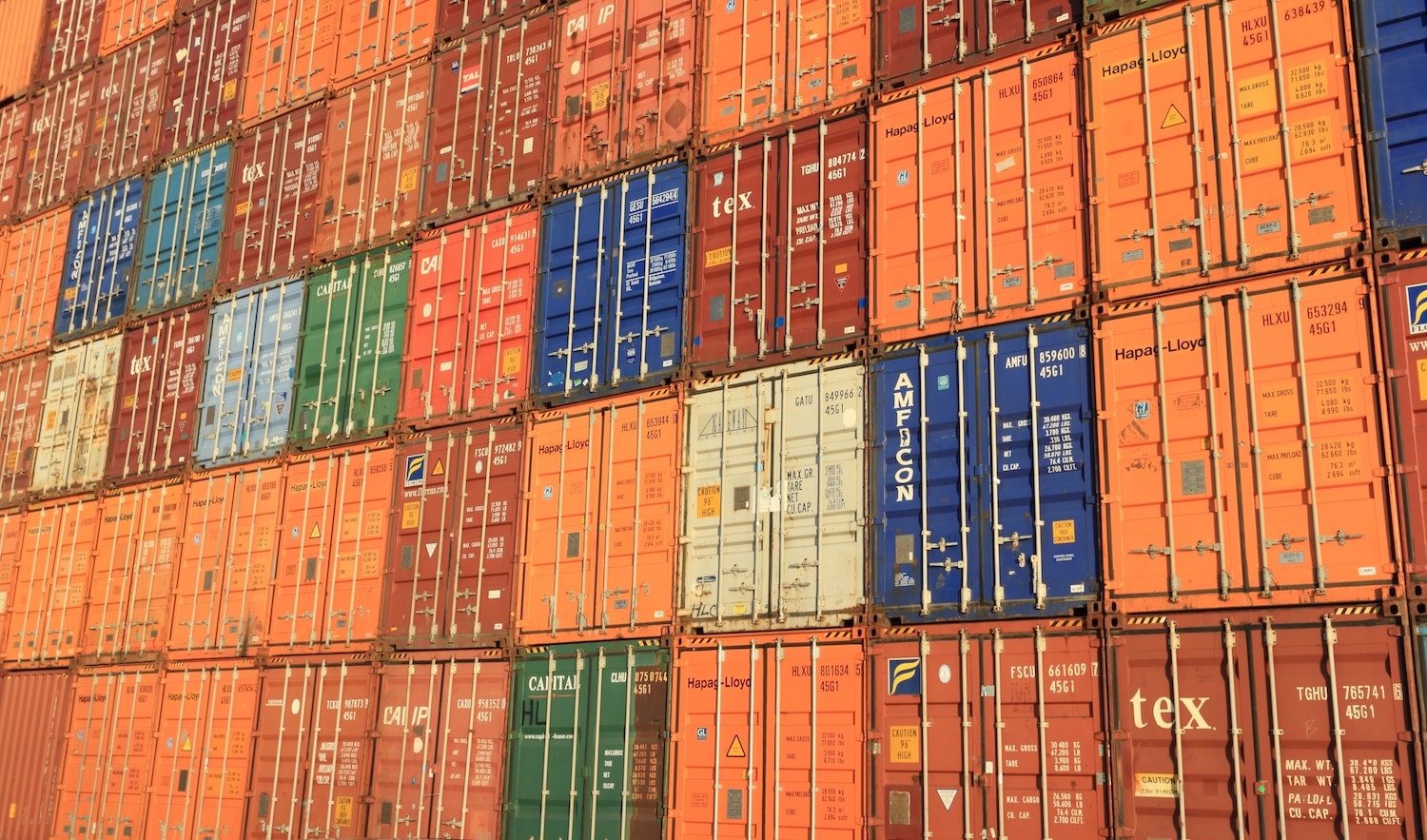


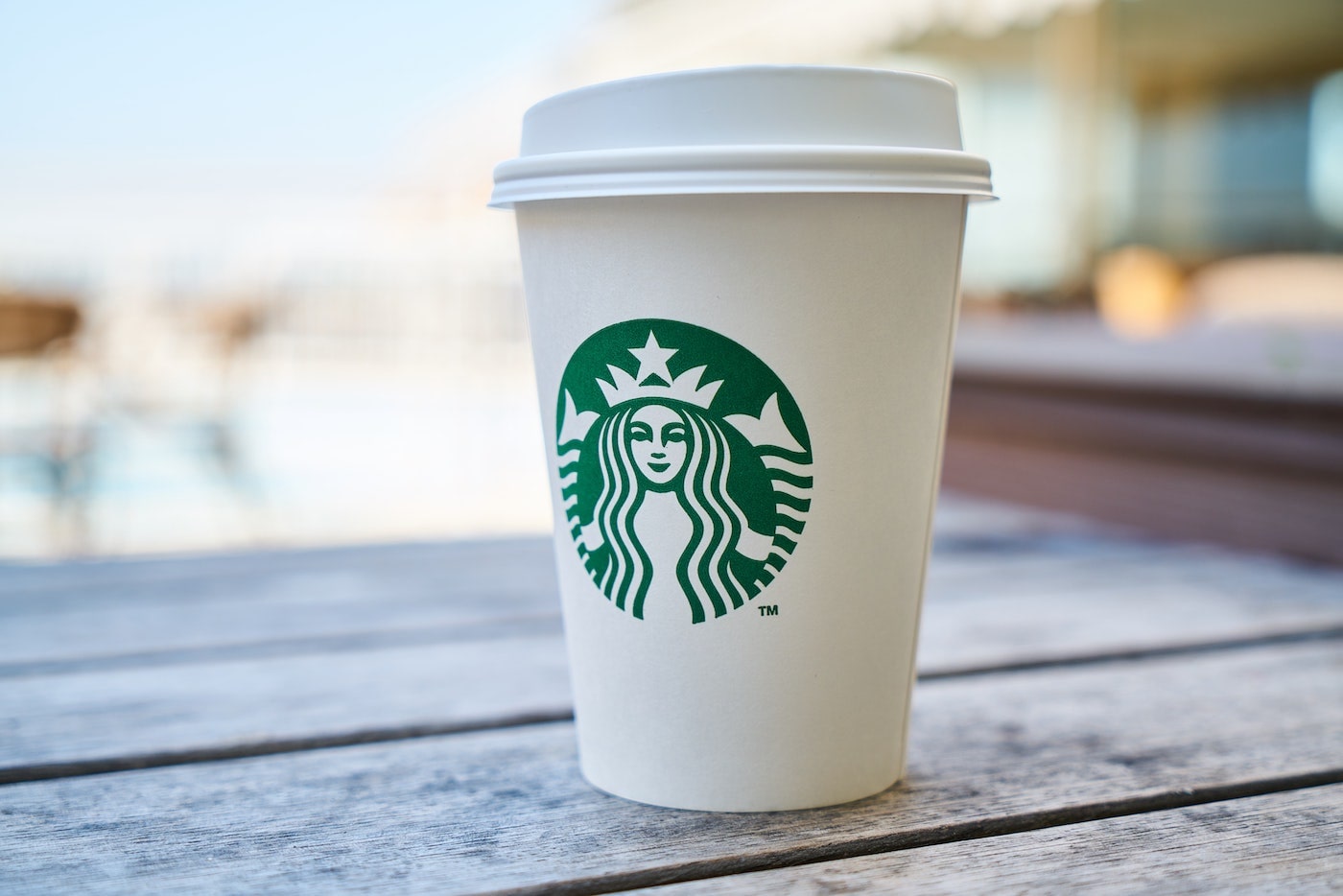
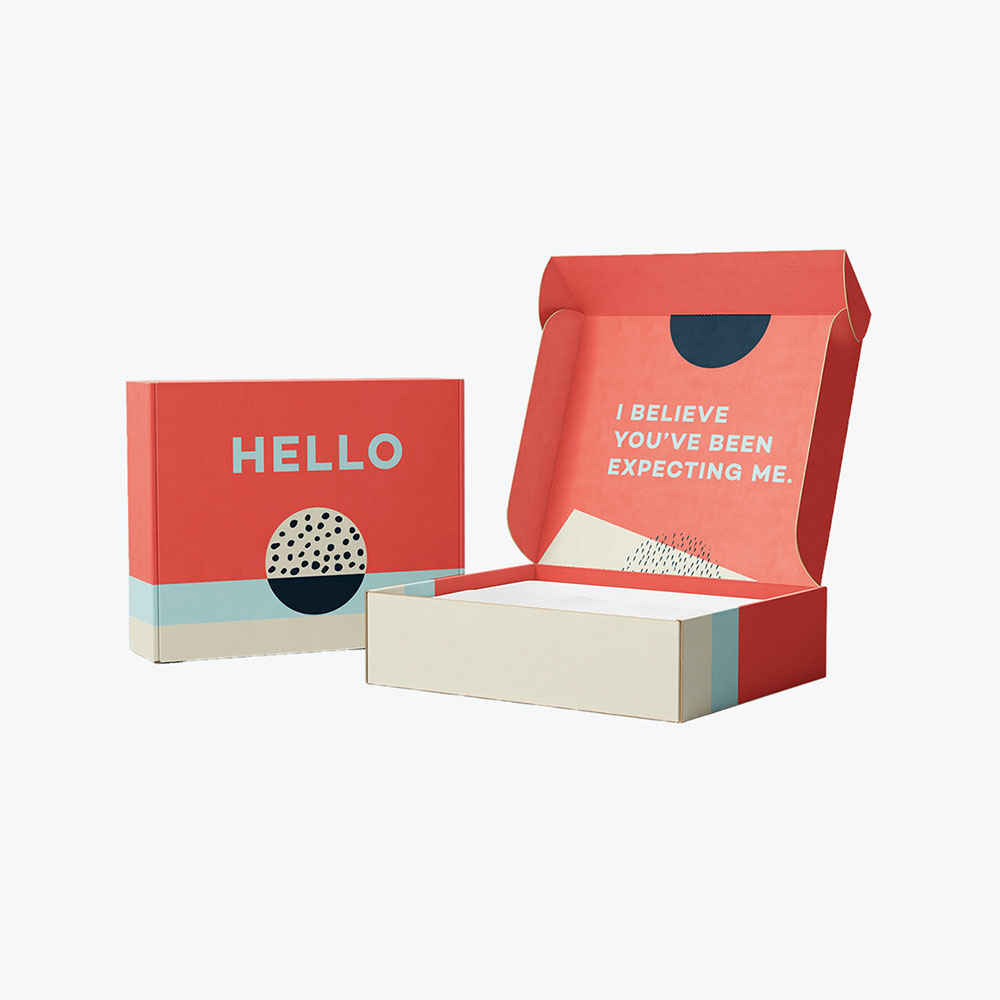
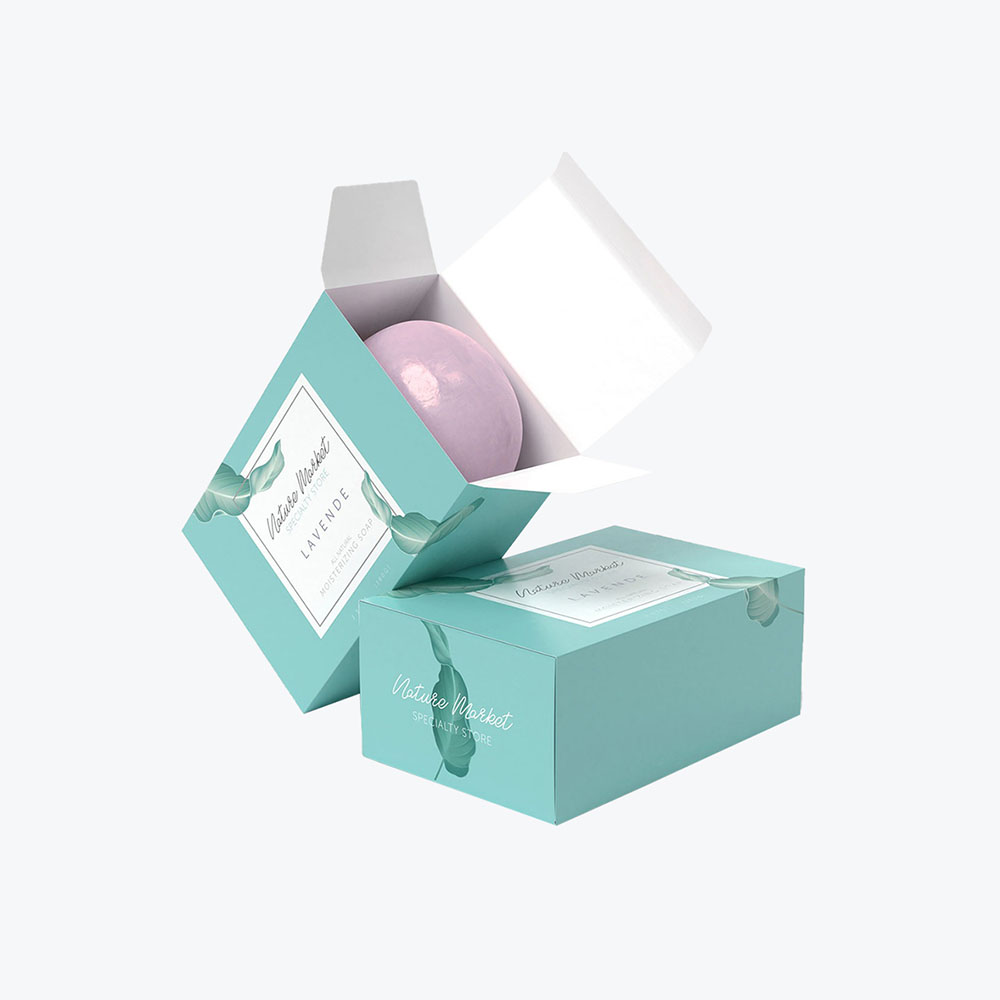
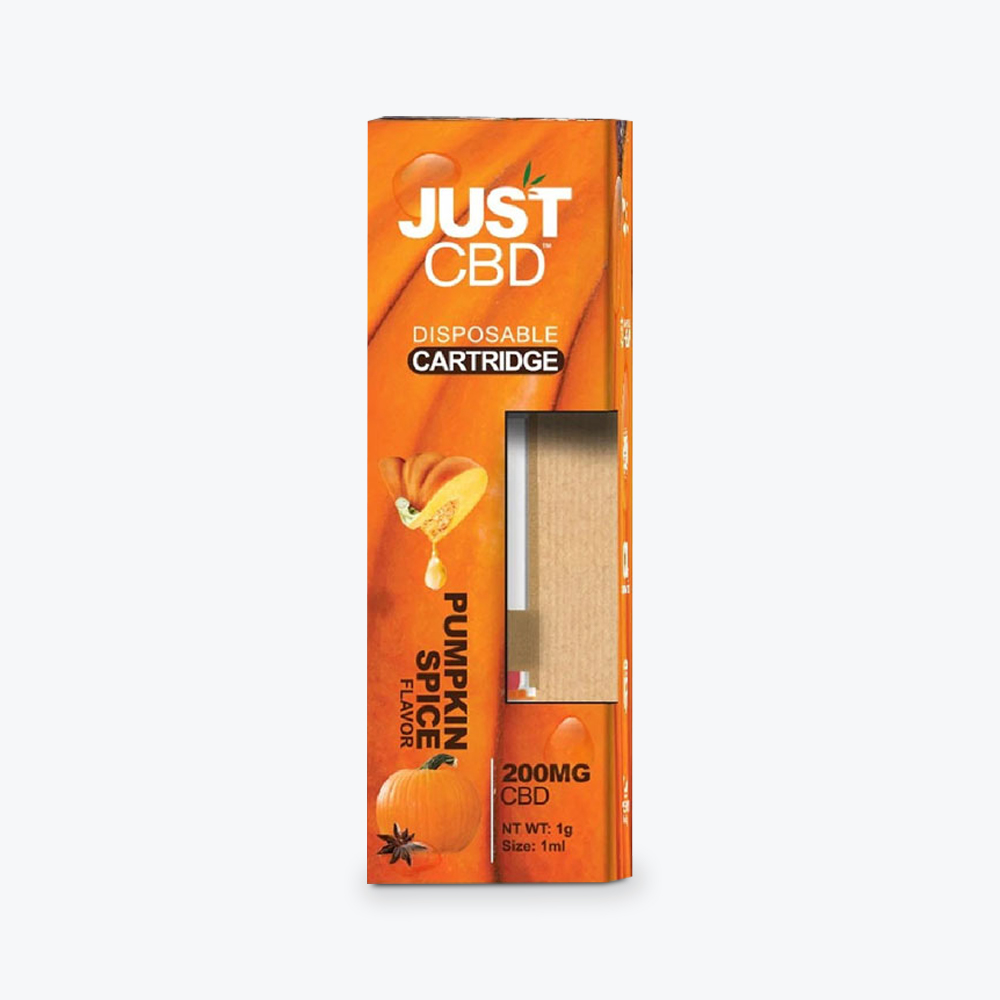





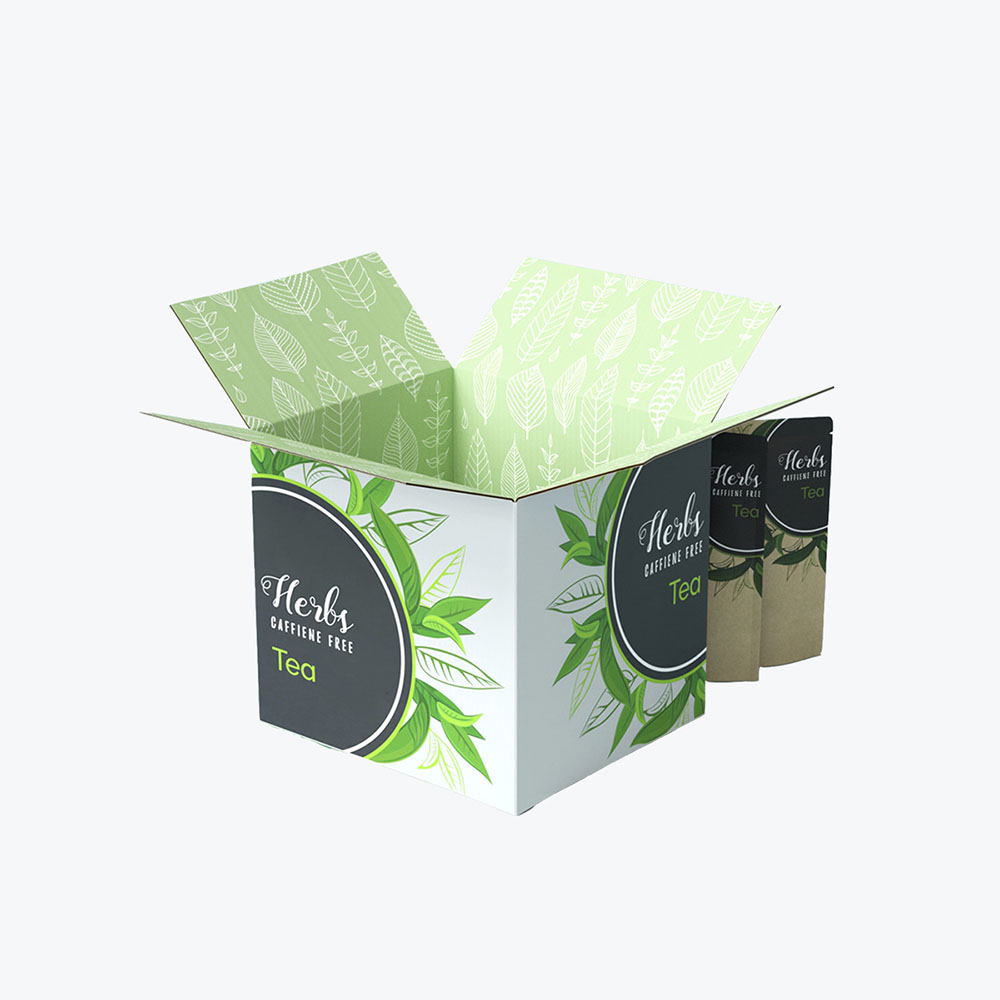

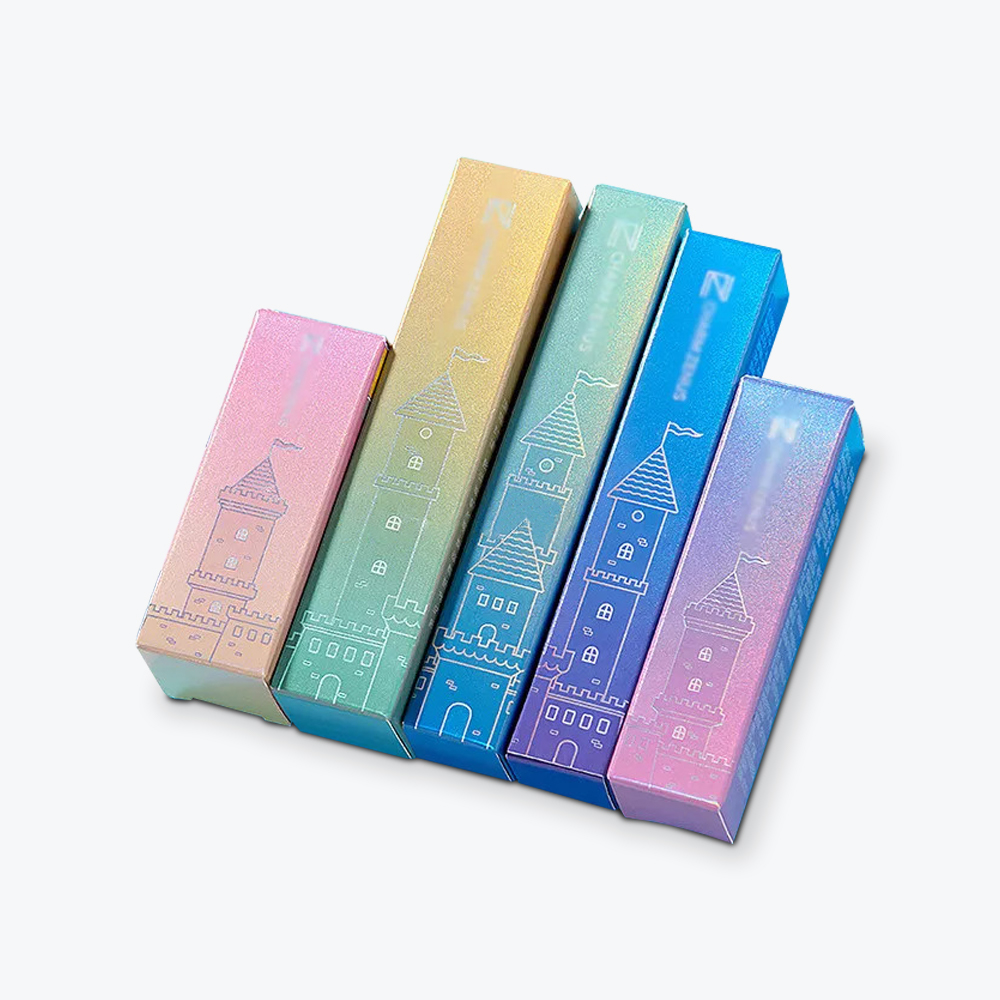

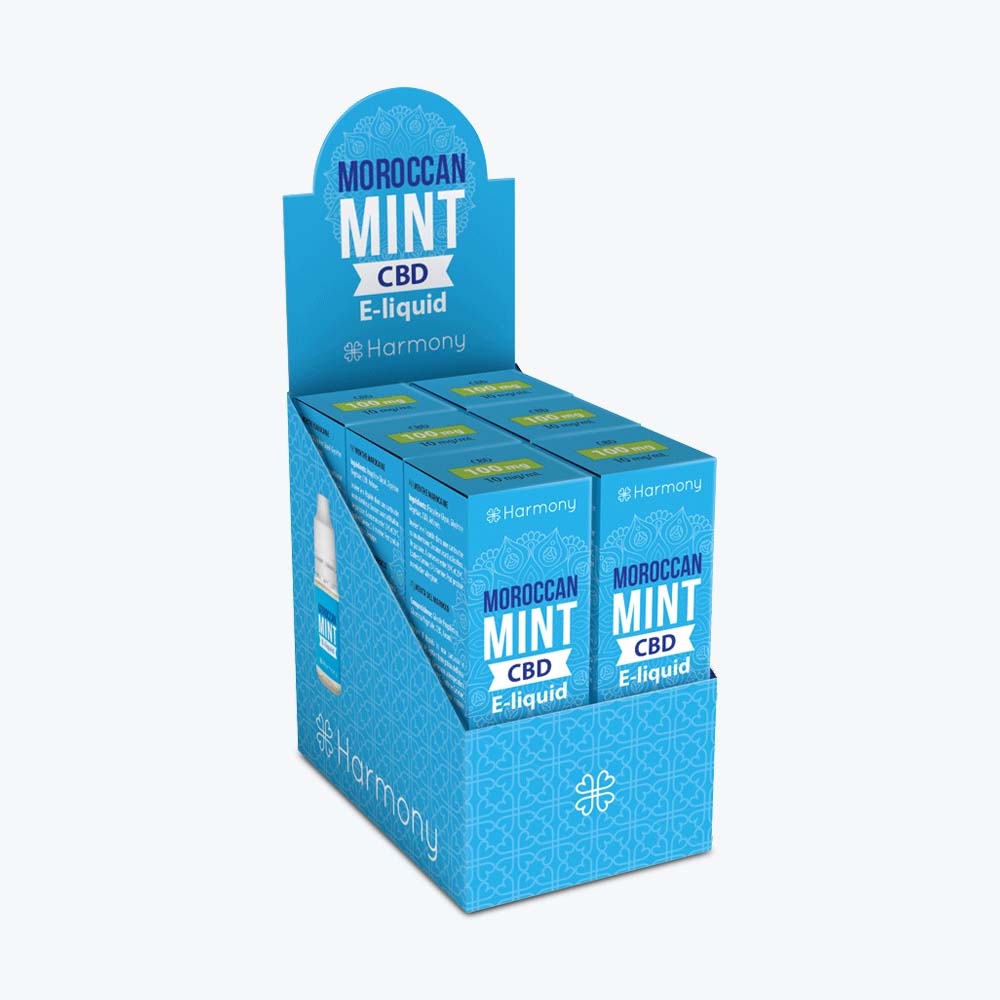
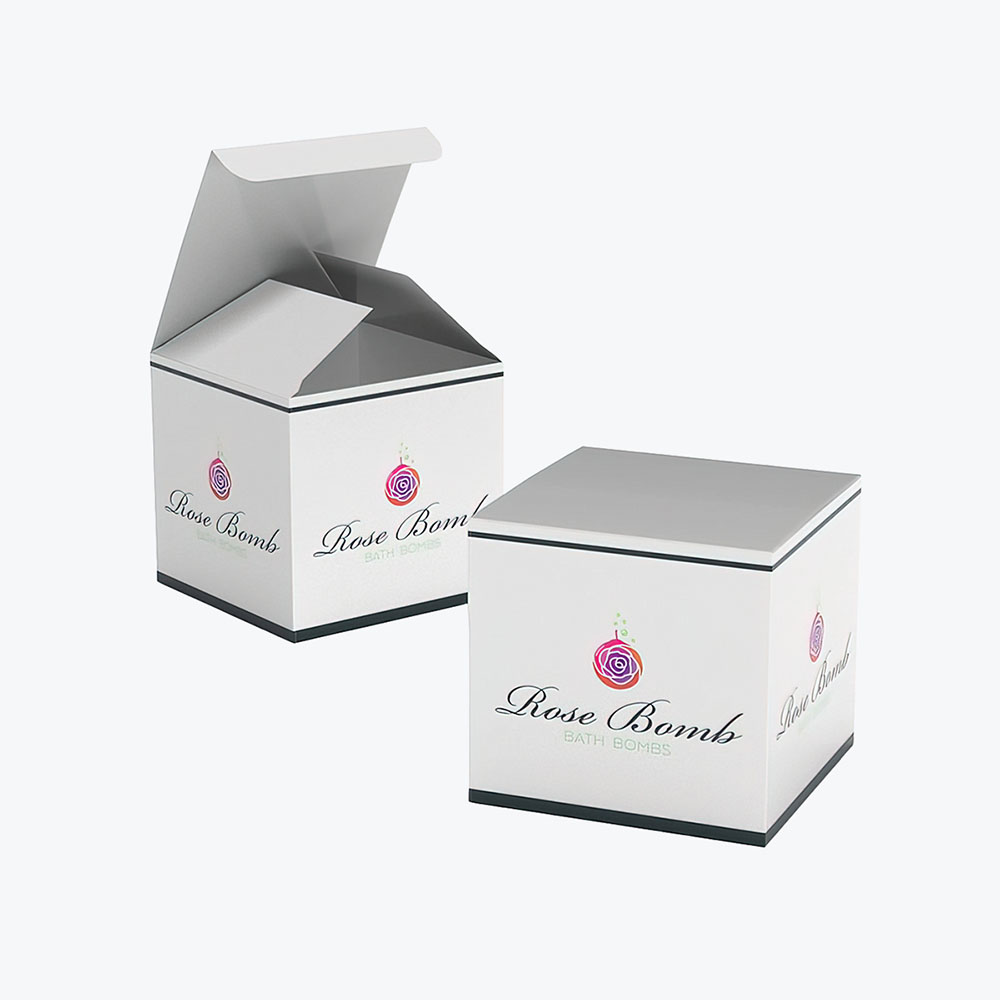

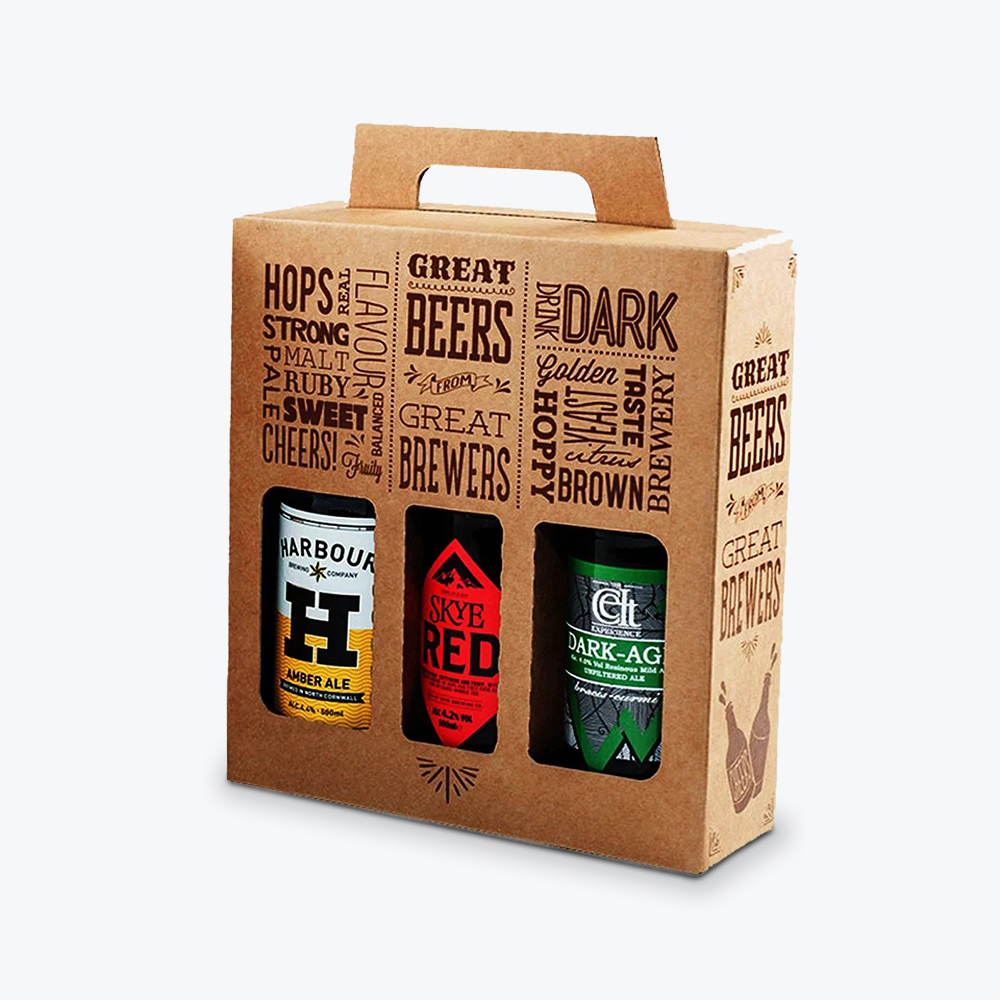
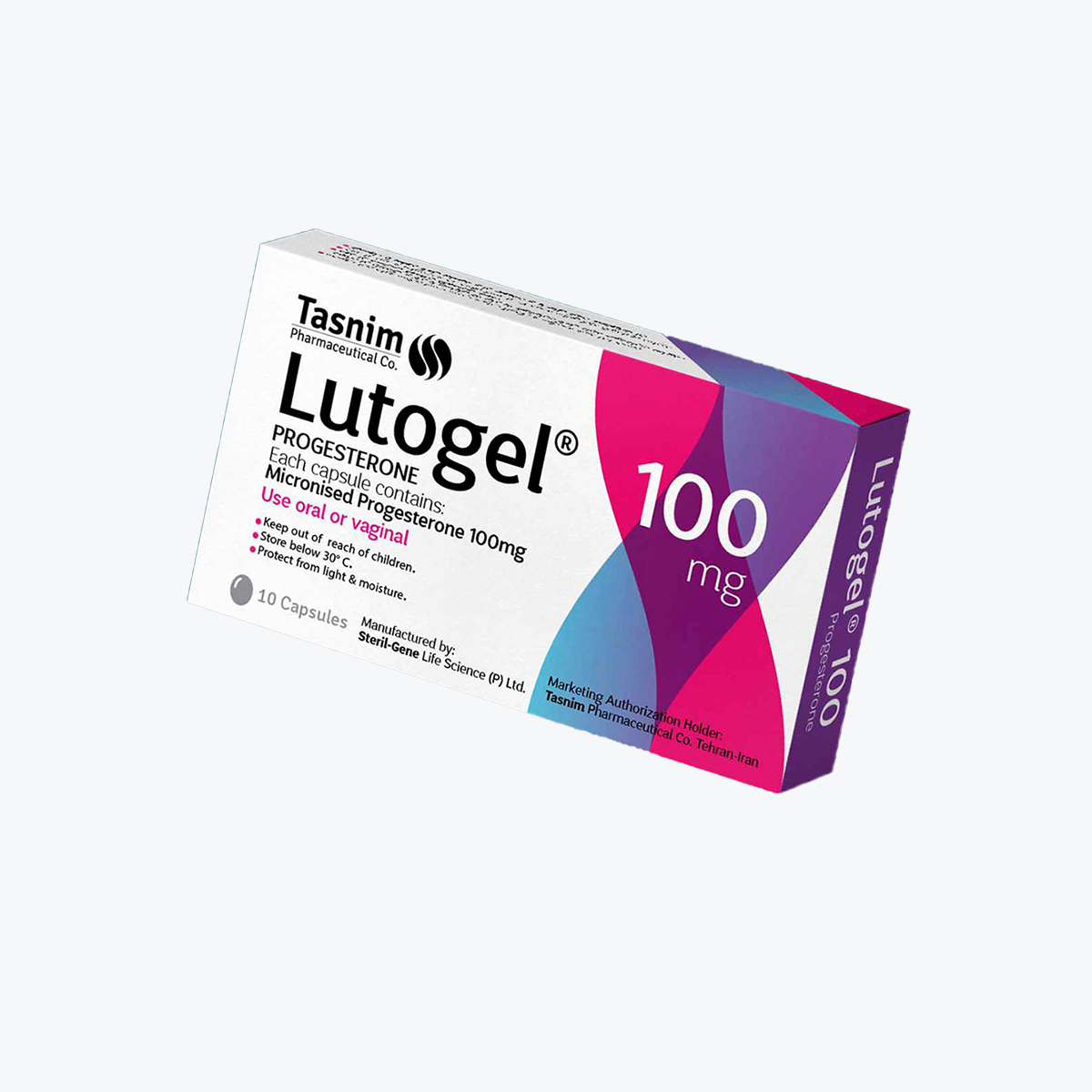
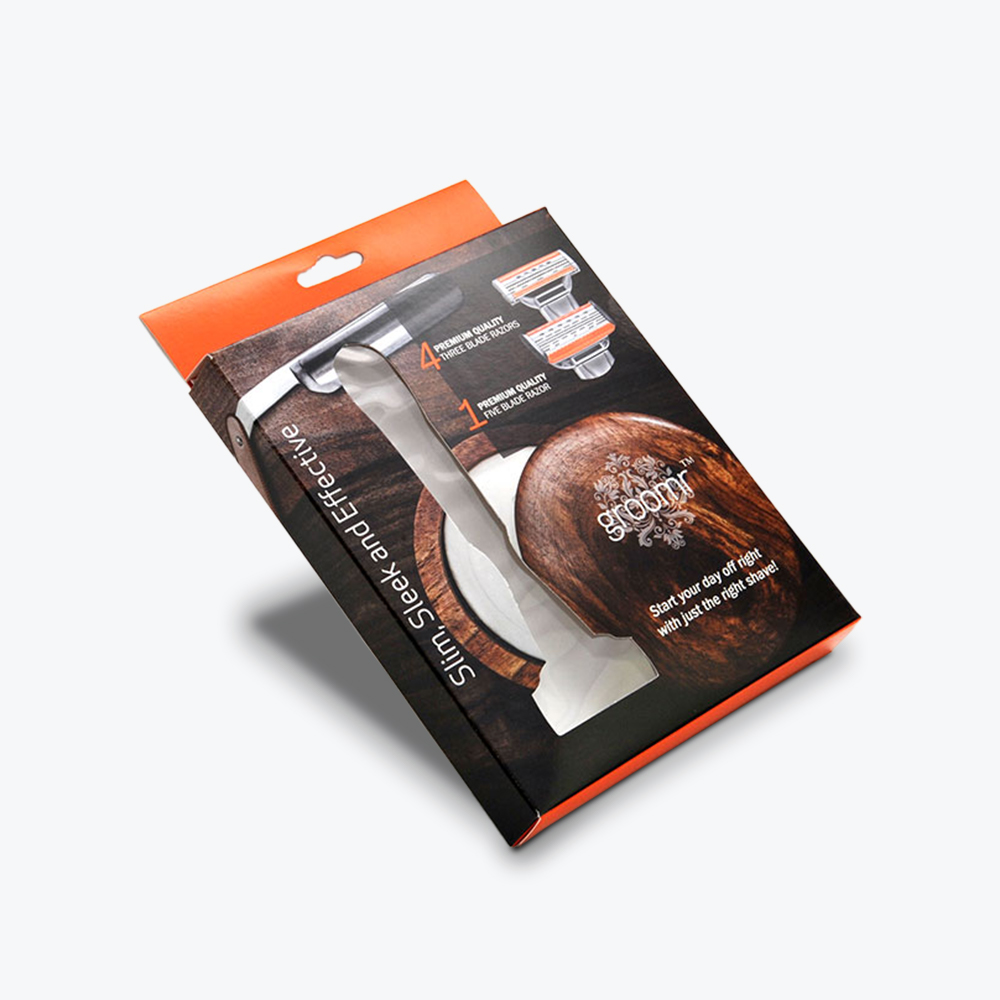
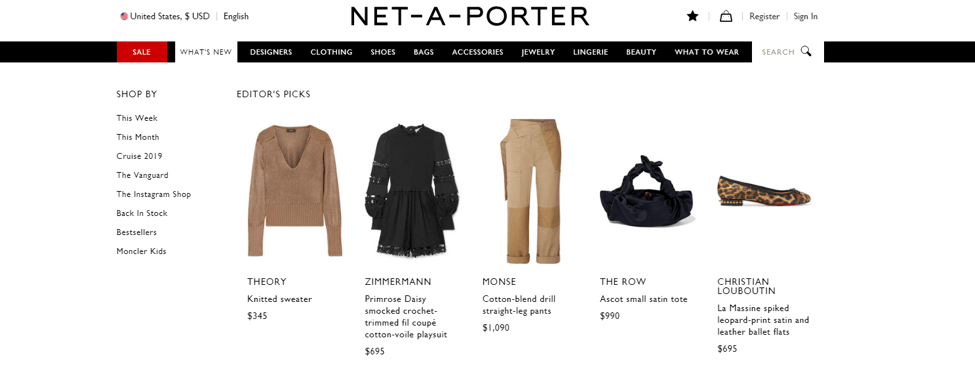
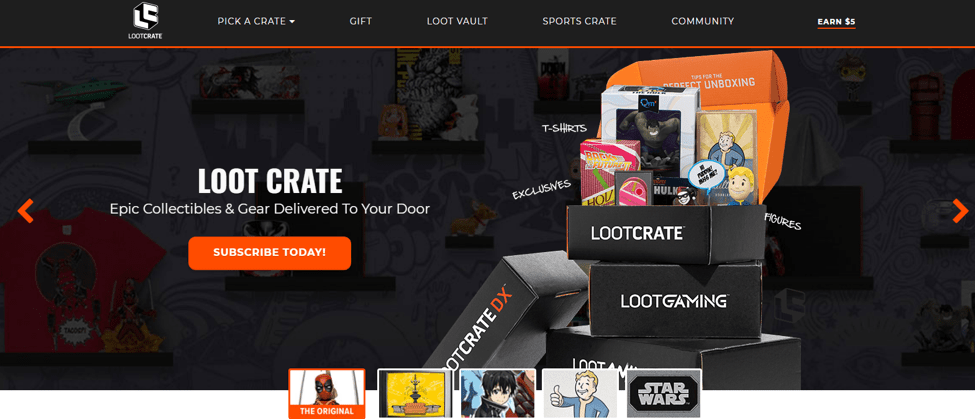
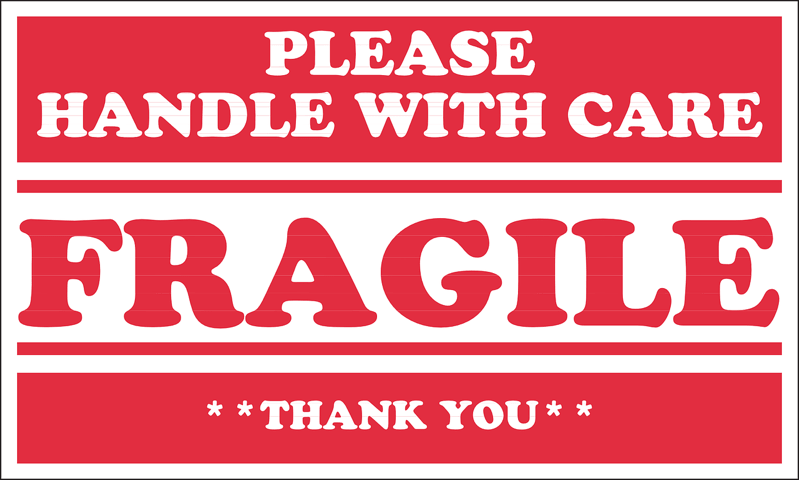

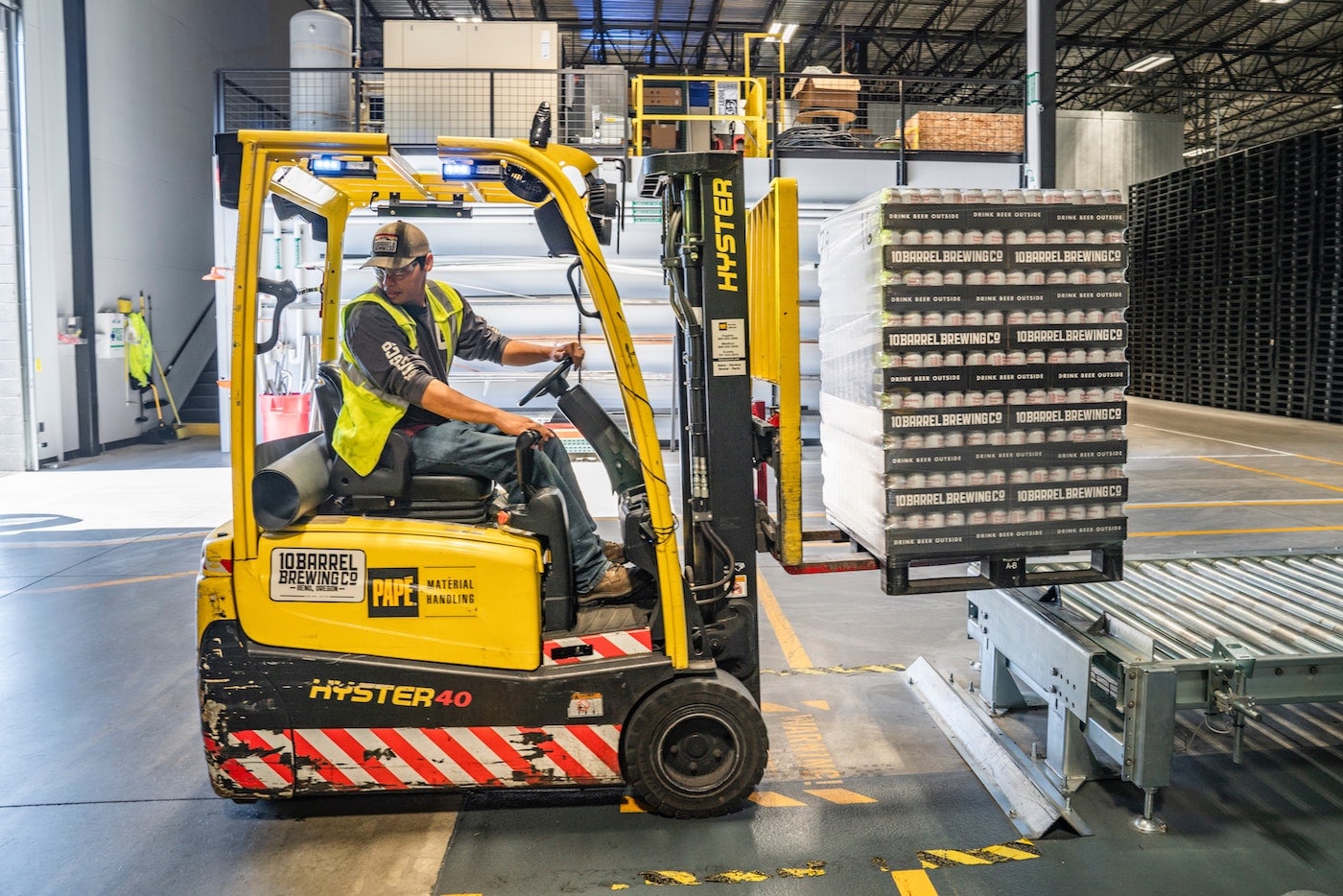

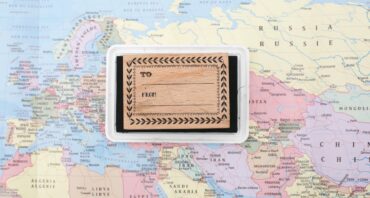
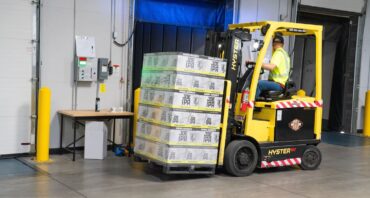




Share